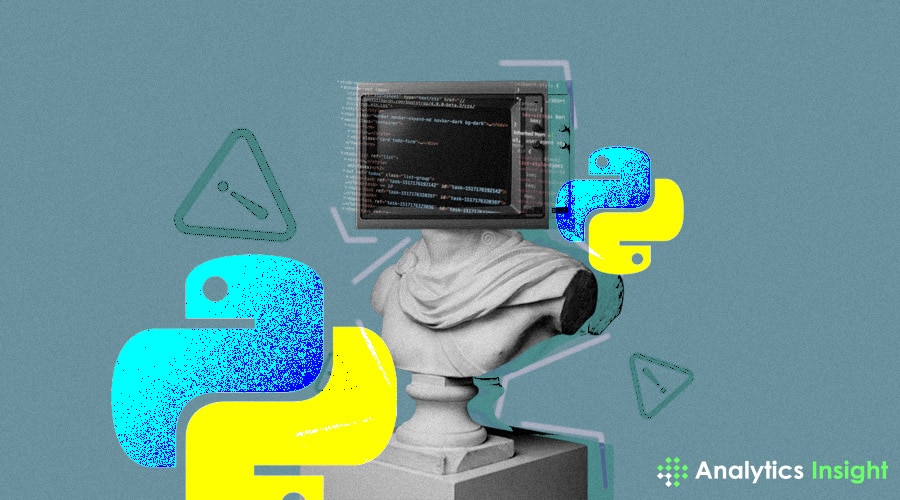What Makes Python More Popular in CyberSecurity


Python’s Dominance in Cybersecurity: Unveiling Its Key Advantages In 2024
In the world of cybersecurity, Python has emerged as a dominant force, revolutionizing the way security professionals detect, analyze, and mitigate threats. Its popularity in cybersecurity stems from a combination of factors, including simplicity, versatility, and a rich ecosystem of libraries and frameworks tailored to security tasks. In this article, we’ll delve into what makes Python the preferred choice in cybersecurity and explore its key contributions to bolstering defenses against cyber threats.
1. Simplicity and Readability
Python’s clean and intuitive syntax makes it accessible to both novice and experienced programmers alike. Its readability allows cybersecurity professionals to quickly understand and write code, facilitating rapid prototyping, debugging, and collaboration. As a result, Python has become the language of choice for scripting and automating routine security tasks, such as network scanning, log analysis, and vulnerability assessment.
2. Versatility and Portability
Python’s versatility enables it to be used across a wide range of cybersecurity tasks and environments. Whether it’s developing custom tools, conducting penetration testing, or building security automation scripts, Python can adapt to diverse use cases and operating systems seamlessly. Its portability ensures consistent behavior across different platforms, simplifying deployment and maintenance for security practitioners.
3. Extensive Libraries and Frameworks
Python boasts a vast ecosystem of libraries and frameworks specifically designed for cybersecurity tasks. Libraries like Scapy, Nmap, and PyCrypto provide essential functionality for network analysis, scanning, and encryption. Frameworks such as Metasploit and the Python API for major security tools offer powerful capabilities for penetration testing and exploit development. These libraries and frameworks empower security professionals to leverage existing tools and accelerate their workflows without reinventing the wheel.
4. Community Support and Collaboration
Python’s thriving community of security enthusiasts, developers, and researchers fosters collaboration and knowledge sharing in the cybersecurity domain. Online forums, mailing lists, and open-source projects provide avenues for exchanging ideas, sharing best practices, and contributing to the development of security tools and techniques. The collaborative nature of the Python community accelerates innovation and ensures that security practitioners have access to the latest advancements in the field.
5. Integration with Security Operations
Python’s ability to integrate with existing security operations and toolchains enhances its utility in cybersecurity operations. Security teams can seamlessly integrate Python scripts and tools into their workflows, orchestrating security tasks, and automating incident response processes. Python’s compatibility with popular security technologies, such as SIEMs, IDS/IPS systems, and threat intelligence platforms, further strengthens its role in enhancing cybersecurity defenses.
Conclusion
Python’s ascendancy in cybersecurity is a testament to its versatility, simplicity, and robust ecosystem of libraries and frameworks. Its adoption by security professionals for scripting, automation, and tool development has transformed the cybersecurity landscape, enabling more efficient threat detection, incident response, and vulnerability management. As cyber threats continue to evolve, Python’s prominence in cybersecurity is poised to grow, empowering security teams to stay ahead of adversaries and safeguard critical assets in an increasingly digital world.





